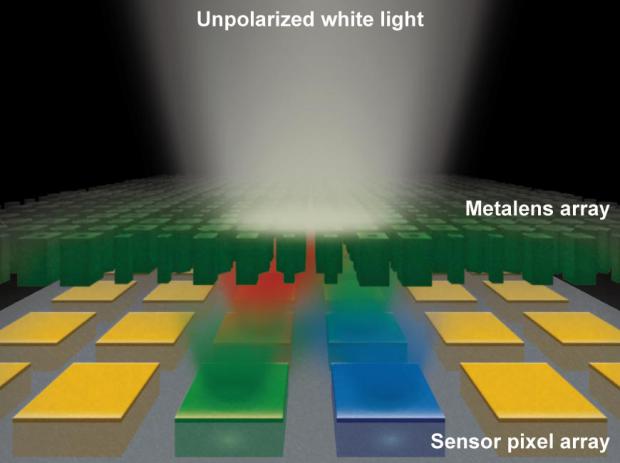
Breaking News
 Wise words (Elon Musk responding to Ron Paul's tweet on the Big Beautiful Bill)
Wise words (Elon Musk responding to Ron Paul's tweet on the Big Beautiful Bill)
 People Are Being Involuntarily Committed, Jailed After Spiraling Into "ChatGPT Psychosis"
People Are Being Involuntarily Committed, Jailed After Spiraling Into "ChatGPT Psychosis"
 Dr. Lee Merritt: What You Need to Know About Parasites and Biowarfare
Dr. Lee Merritt: What You Need to Know About Parasites and Biowarfare
 How We Manage a Garden With 11 Kids (2025 Garden Tour)
How We Manage a Garden With 11 Kids (2025 Garden Tour)
Top Tech News
 xAI Grok 3.5 Renamed Grok 4 and Has Specialized Coding Model
xAI Grok 3.5 Renamed Grok 4 and Has Specialized Coding Model
 AI goes full HAL: Blackmail, espionage, and murder to avoid shutdown
AI goes full HAL: Blackmail, espionage, and murder to avoid shutdown
 BREAKING UPDATE Neuralink and Optimus
BREAKING UPDATE Neuralink and Optimus
 1900 Scientists Say 'Climate Change Not Caused By CO2' – The Real Environment Movement...
1900 Scientists Say 'Climate Change Not Caused By CO2' – The Real Environment Movement...
 New molecule could create stamp-sized drives with 100x more storage
New molecule could create stamp-sized drives with 100x more storage
 DARPA fast tracks flight tests for new military drones
DARPA fast tracks flight tests for new military drones
 ChatGPT May Be Eroding Critical Thinking Skills, According to a New MIT Study
ChatGPT May Be Eroding Critical Thinking Skills, According to a New MIT Study
 How China Won the Thorium Nuclear Energy Race
How China Won the Thorium Nuclear Energy Race
 Sunlight-Powered Catalyst Supercharges Green Hydrogen Production by 800%
Sunlight-Powered Catalyst Supercharges Green Hydrogen Production by 800%
Metalenses Sorts Color Without Color Filters

The metalenses simultaneously act as pixel-scale color splitters and lenses and are compatible with complementary metal–oxide-semiconductor sensor technology. An image sensor with such metalenses significantly enhances the detected light power, while affording high image quality, incident angle tolerance, and sub-micrometer spatial resolution. The demonstrated architecture opens the way to the development of high-sensitivity color image sensors that exceed current limits while maintaining consistency with state-of-the-art sensor technology.
Unlike software approaches, this hardware approach guarantees correct, software-artifact-free results. It is CMOS-compatible.
Above – Concept of an image sensor with full-color-sorting metalenses. (a) Schematic side view of a conventional color image sensor employing on-chip color filters and lenses, where only ∼30% of the incident light can reach photodetectors. (b) Schematic side view of a color image sensor employing on-chip color splitters, where all the incident light can reach photodetectors in principle. (c) Schematic of an image sensor with a full-color-sorting metalens array. The metalens implements the functionality of both a color splitter and lens and can be directly integrated on sensor pixels. (d) Illustration of the function of the metalens array. All the incident light is sorted and focused into four different pixels according to its color.
This work highlights could help enable metasurface platforms to flatten and shrink optics but also drastically enhancing the performance of consumer optoelectronics devices.

 He 3D Printed a Whole House
He 3D Printed a Whole House

